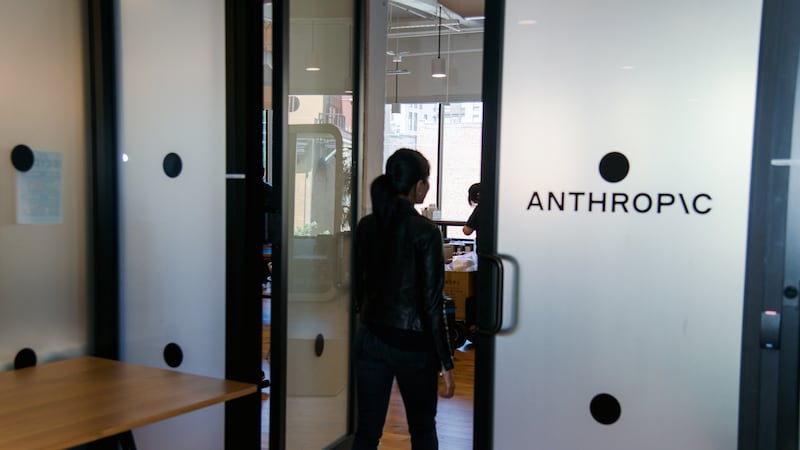While the much-anticipated delivery of a Covid-19 vaccine may now be in sight, fuelling hopes among some scientific experts of a return to “normal life” by next spring, the pandemic’s impact on the way we work is likely to be longer lasting.
Research conducted in the United Kingdom on behalf of Irish property company Iput and multinational consultancy firm Arup indicates that just 11 per cent of those who worked in offices prior to the arrival of coronavirus wish to return there on a full-time basis.
But while that finding would appear to sound the death knell for the traditional office, the survey’s other findings highlight the value people place on it as a workplace setting with 84 per cent of respondents advocating the social and personal benefits of office working. Seventy-nine per cent of respondents meanwhile pointed to the professional benefits, including opportunities for promotion, that could be missed out on while working from home.
Concerned
Young professionals in particular, were found to be concerned about the potential detrimental impact of working from home. Fifty-two per cent of those under the age of 35 said they felt their opportunities for career progression and learning suffered when their main place of work moved from the office to the home during the coronavirus lockdown. However, only 11 per cent would prefer to work in an office all of the time, suggesting that the shift to office-based workers splitting more of their time between home and work is likely to be a permanent one.
Having considered the survey’s findings for the office sector, Iput and Arup are proposing the adoption of a new urban design practice called “workplacemaking”.
Where workplace design has traditionally been about creating productive corporate environments, and placemaking has traditionally been about the making of public space, workplacemaking sits somewhere in the middle. It identifies five types of spaces that are essential to workplacemaking based on what employees are now seeking from office life. These are:
1. Watering holes: Places that attract people to linger, meet, and socialise.
2. Street classrooms: Places that bring people together in formal and informal knowledge exchange.
3. Cultural canvases: Places that can be shaped, curated, and programmed by people and communities.
4. Mind labs: Places that invite people to come together around shared issues, ideas and challenges.
5. Mind gardens: Places that support people’s individual and restorative thinking processes.
Rethink
Commenting on the need for offices to adapt to the needs of workers and the communities in which they are located in the post-Covid era, Niall Gaffney, chief executive of Iput Real Estate, said: “There is a clear need for companies, developers and city planners to rethink the design and uses of office neighbourhoods to ensure these spaces reflect the mindset of today’s more agile workforce. The real estate industry has a unique opportunity now to make positive changes to reassert the value of future workplaces to the social and economic fabric of our towns and cities. In delivering attractive workplaces, we build resilience into our portfolio and protect the long-term value of our assets while also delivering on our commitment to a responsible investment strategy.”

















